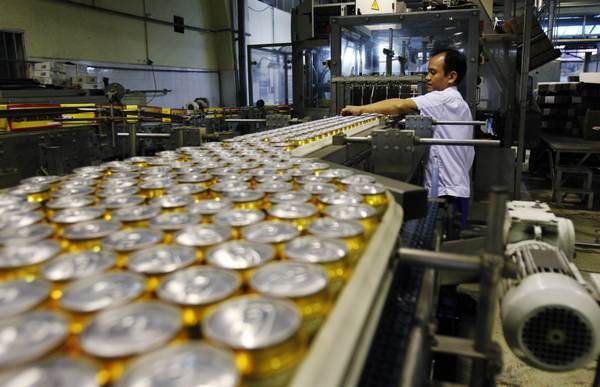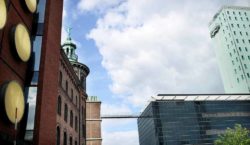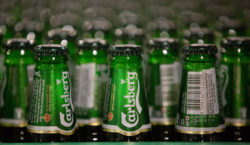
Carlsberg Group reintroduced its brand to the Thai market in 2012. Now the Danish brewing company hopes to rise in to a beer head position on what they recognize as one of the most promising markets in ASEAN.
“Thailand is a very important market for the Carlsberg Group. The beer market is extremely large and Thai consumers enjoy all sorts of beers, from local brands like Leo to more expensive super-premium brands that you now see in upscale bars and restaurants.” says Kabir Saluja, general manager of Carlsberg Thailand, in an interview with the Nation.
According to a Euromonitor market research the beer market in Thailand is set to decline in terms of total volume in the coming years due to the high household debt that plays a negative impact on consumers economic confidence. But Thailand is still a huge market and the thirst for beer might turn if the household debt betters in the future. The short-term cloudy forecast won’t stop Carlsberg in making long-terms investments.
“The Carlsberg Group will continue to invest in Thailand and we believe the alcohol and beer markets will start to show promising growth, especially in the super-premium beer segments. Our plans are to use our portfolio to gain leadership positions in these segments.” says Saluja.
The so-called super-premium beer is the more exclusive beers that goes beyond a normal lager and Saluja mentions newly introduced Kronenbourg 1664 – the best-selling French beer in the world – and Beerlao as some of the companies flagship products in the super-premium category.
Another category that Saluja sees a succesful market for is the draught beer:
“We have also seen positive signs with increasing draught beer volumes around pubs and beer gardens in Bangkok and other key cities.”
“Draught beer in Thailand is very important. We believe it gives consumers a real taste of what great quality beer is. In the previous year alone, we have seen our draught beer volumes grow more than 20 per cent and we will continue to be aggressive with our draught agenda because we believe consumers enjoy this extremely great-tasting beer.”
Foreign beers are common in Thailand but it’s a surprisingly difficult market to penetrate. Thai government seeks to shelter its domestic breweries through the imposition of import duties and all imported beers must bear an import sticker on their bottle caps. The indicators of a hard sheltered market are evident. Singha Corporation leads the market with a 72 percent share and Thai Beverage seconds with 24 percent share. Heineken – the third largest brewer in the world – only holds 4 percent.
But of course there’re other ways around the market than simply exporting. Singha beers are being produced in Carlsberg’s Russian plant for distribution and Lao Brewery Company, that produce the popular Beer Lao, is partly owned by Carlsberg (50%) and the Laos government (50%). Carlsberg already has a solid foothold on the Thai market and the ASEAN market overall.
“In mainland Southeast Asia, the Carlsberg Group enjoys a strong leadership position. We are market leaders in Laos with Beerlao the local power brand, in Cambodia with Angkor Beer, and in Vietnam with Huda.
We have recently begun our participation in Myanmar, with the Carlsberg brand playing in the premium beer segment and Yoma the local beer brand.
With the Asean Economic Community taking full affect, we see more opportunities for these brands being enjoyed across the region, as you can already see Thai consumers enjoying Beerlao – and vice versa, the Singha and Leo brands being offered across the region in Cambodia and Laos.” Saluja explains.
Carlsberg is the 5th largest brewery group in the world. The company entered the Asian market when it started to export beer to China in 1876.



